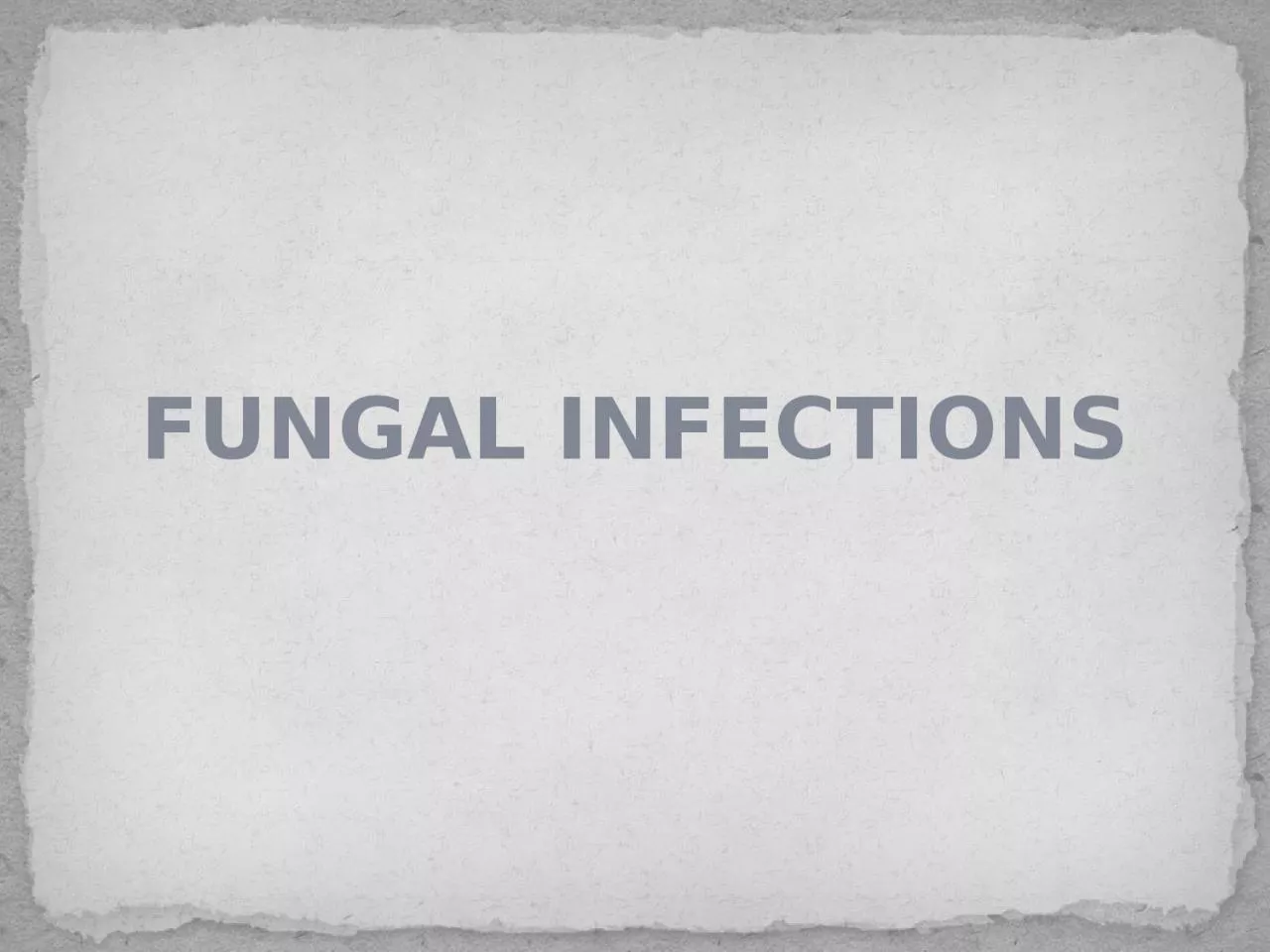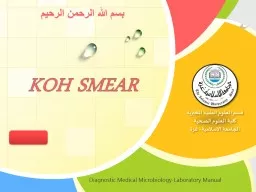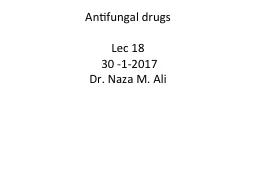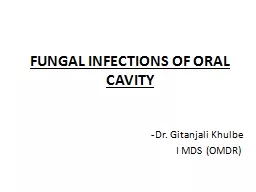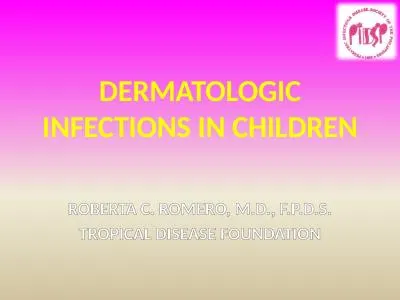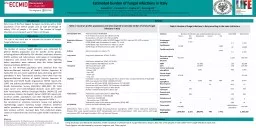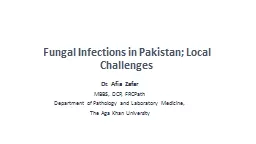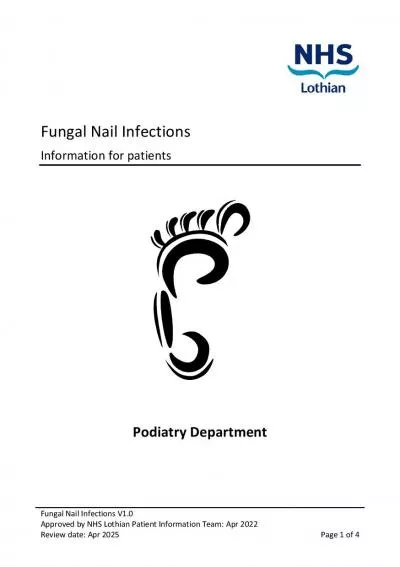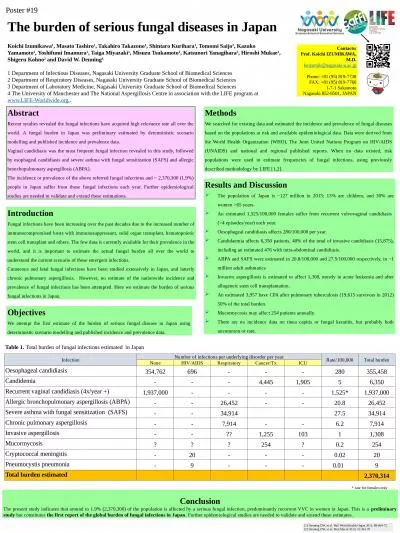PPT-FUNGAL INFECTIONS Fungal infections, or mycoses, are classified as superficial, subcutaneous
Author : elyana | Published Date : 2024-03-15
They are also classified by the kind of fungus which causes the infection which may be a filamentous fungus mould or a yeast or may vary between these two forms
Presentation Embed Code
Download Presentation
Download Presentation The PPT/PDF document "FUNGAL INFECTIONS Fungal infections, or ..." is the property of its rightful owner. Permission is granted to download and print the materials on this website for personal, non-commercial use only, and to display it on your personal computer provided you do not modify the materials and that you retain all copyright notices contained in the materials. By downloading content from our website, you accept the terms of this agreement.
FUNGAL INFECTIONS Fungal infections, or mycoses, are classified as superficial, subcutaneous: Transcript
Download Rules Of Document
"FUNGAL INFECTIONS Fungal infections, or mycoses, are classified as superficial, subcutaneous"The content belongs to its owner. You may download and print it for personal use, without modification, and keep all copyright notices. By downloading, you agree to these terms.
Related Documents

